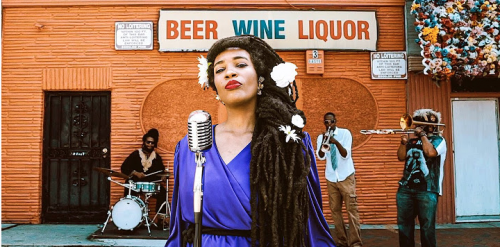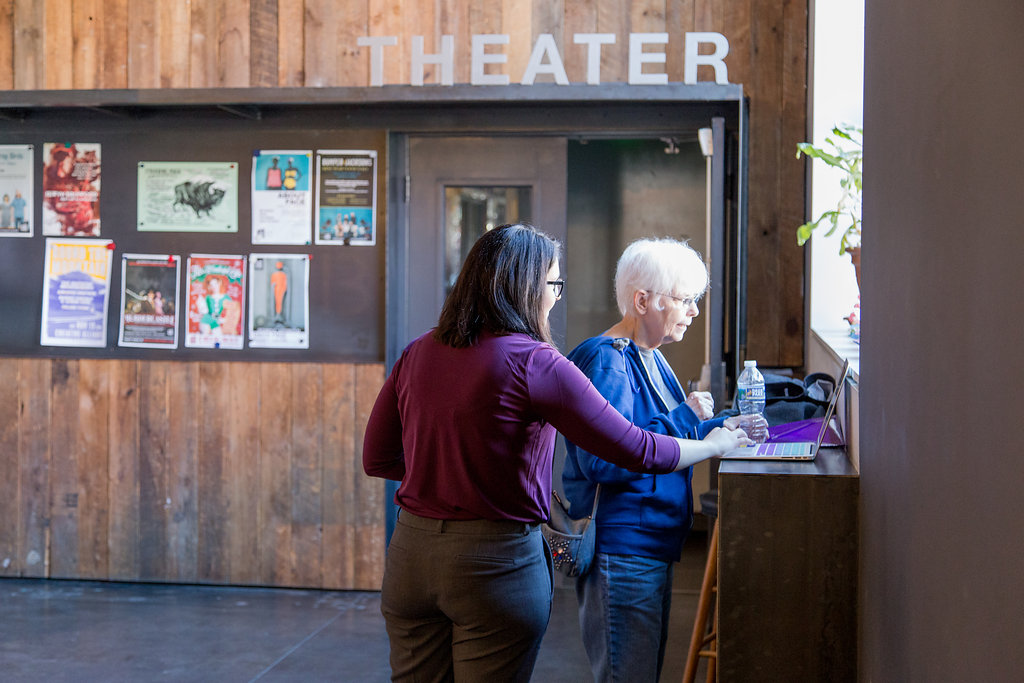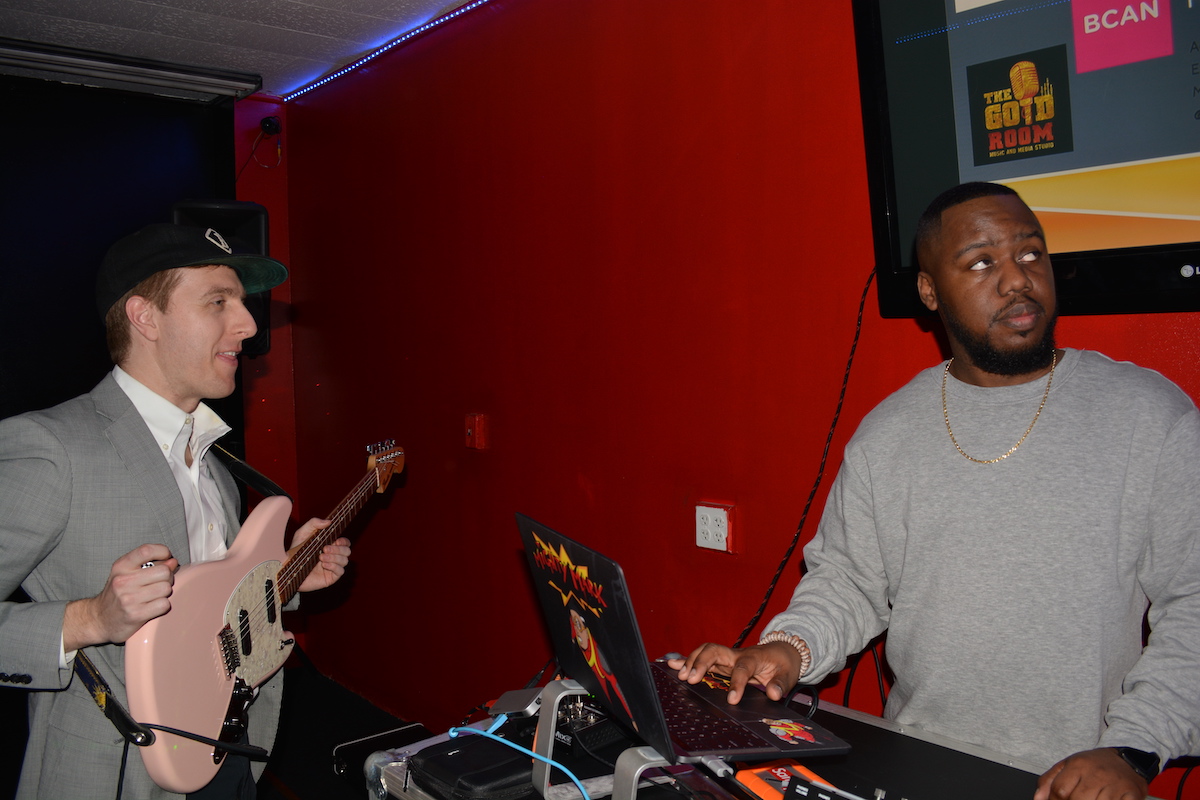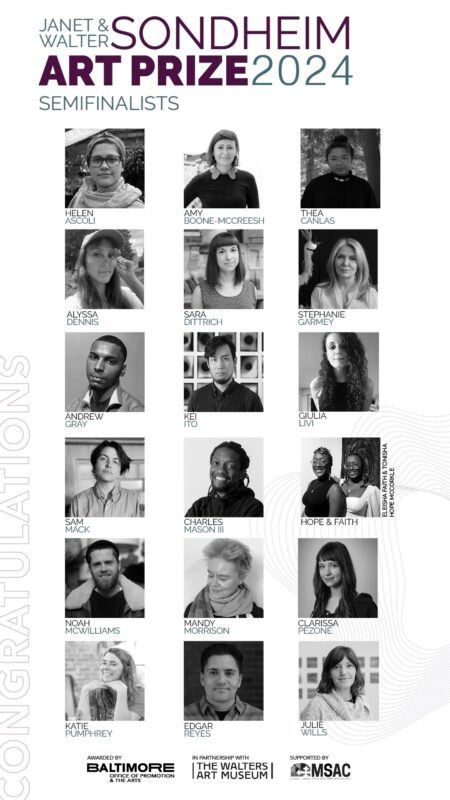No matter your educational journey, there are a couple of things that artists just don’t learn about the profession, despite whatever efforts you make at “Professional Development.” Chief among these massive knowledge gaps? Any guidance in contracts or trademark and copyright for artists, two intimidatingly legal tent-poles that hold up any sturdy tent of an artistic career. Ten years and more post-undergrad, my friends still text me to see copies of my commission contract, and I get vaguely hot then suddenly cold whenever I’m asked to sign anything with listed terms.
It must be said that not every artist is like this. Some are prepared and I, for one, salute them. In fact, I’d say there are four camps of people: those who have sought legal counsel and are prepared, those who have made something legal-ish themselves and feel prepared, those who know they should get prepared but haven’t done anything yet, and those who see no point to legal protection whatsoever. This article is written with the latter three groups in mind.
Artists have historically waited to “make it” to worry about legal matters, reasoning that once they get gallery representation or get to play a big venue or get hired for that full-time faculty position they can go “legit” in a way other professionals might just call “doing business.” But what happens when traditional gallery models that offer representation wrapped with legal support are continuing to fade away and more artists function as their own agents and brokers, selling their work mostly online or showcasing it in temporary nontraditional settings? We end up with the mindset that we can do anything we need to do for ourselves. Artists today have more opportunities to show work in legitimately great venues, as well as sketchier ones, than ever before. So it stands to reason that we’d be experts in contracts and the legal protections they could offer us. And yet, most of us decidedly are not. I, for one, didn’t go to law school.










